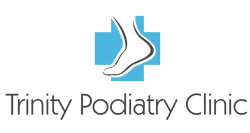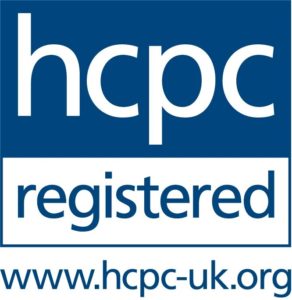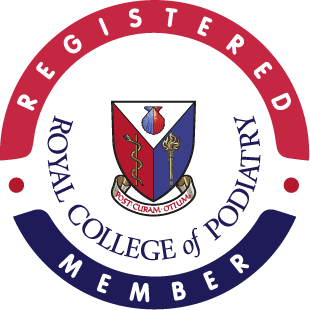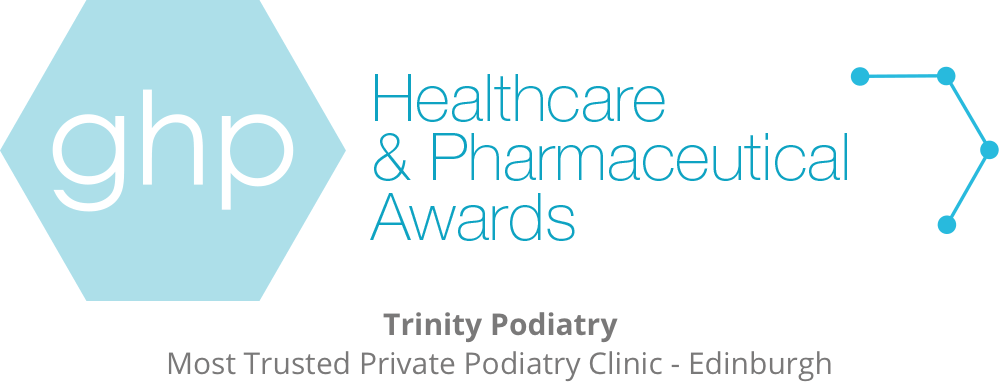Fungal nail infections
Clearanail is an exciting new product for treating nail fungus or onychomycosis. It is only available through your podiatrist so contact Trinity Podiatry to discuss Clearanail and the most suitable treatment for your foot problem. We serve all clients across Edinburgh and the surrounding areas.
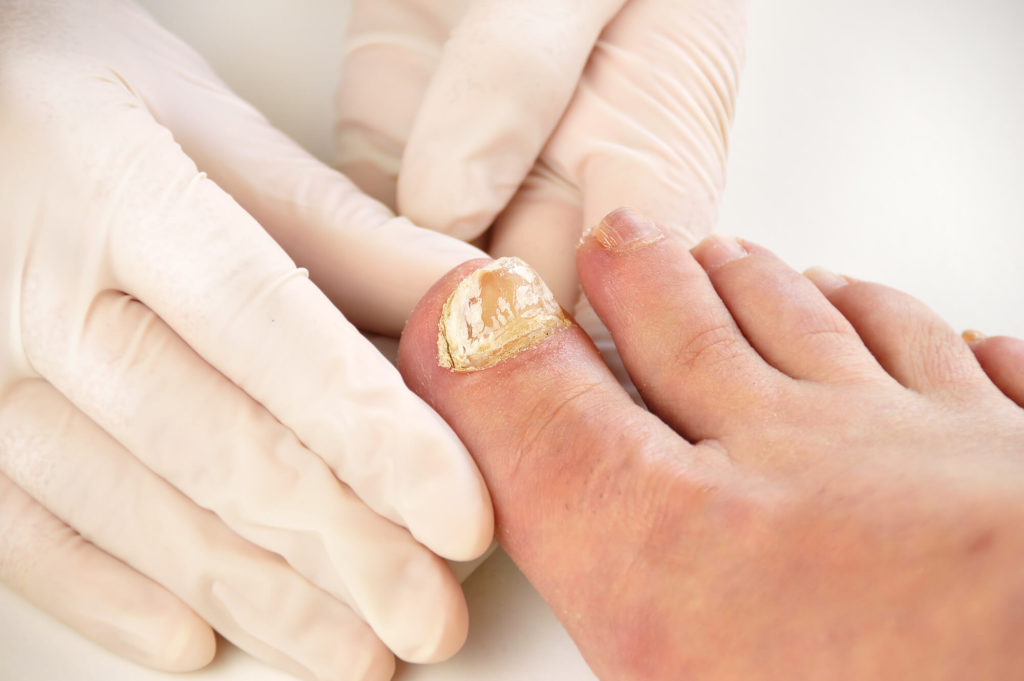
Clearanail treatment for fungal nails
Nail fungus continues to be a common and intractable problem in adults often responding poorly to drug treatment and over the counter products. Big toenails are most commonly affected by the fungus, but it can infect any nail.
Studies suggest that 29% of patients have the infection, increasing with age and more common in countries with long cold winters as feet remain tightly wrapped in shoes for longer. Manicures and pedicures also increase the risk in women with the infection acquired from the shared nail varnish (& unsterilized tools used) which seals the infection onto the nail.
Usually dermatophyte infections (e.g. athlete’s foot) migrate over time from the sole of the foot to the toes entering under the nail at the end or the sides producing the characteristic discolouration, usually infecting the whole plate over time.
Drug treatments are variable in their outcomes as people don’t like taking tablets, and risk side effects and drug interactions. Laser for fungal nail is unproven with little evidence to suggest effectiveness.
Over the counter topicals applied direct to the nail are even less effective as the nail is a natural barrier to drug penetration and efficiently protects the site of infection from medication. Added to this, application is required for months during which time compliance fails and effectiveness is reduced still further.

The Clearanail Process
Clearanail is based upon Controlled Micro Penetration (CMP), that makes tiny holes in the nail plate. That means a tiny drill – 0.4mm – connected to a torque reader and sophisticated electronics, drills through the nail plate over and around the area of fungal infection.
The torque reader detects the immediate moment the nail is penetrated and safely stops, and withdraws the drill, meaning nothing is felt by the patient. The process is repeated until twenty or so tiny holes have been drilled in each infected nail plate.
By introducing holes into the overlying plate this allows penetration of the anti-fungal solution directly to the site of the infection. When the patient stands, the downward pressure on the nail squeezes the solution laterally flooding the area under the nail and increasing the effectiveness of the treatment.
Quick results
The Podiatrists at Trinity Podiatry apply Lamisil spray through the holes allowing it to reach the nail bed in much higher levels of concentration than otherwise possible. Lamisil spray has a low surface tension allowing it to easily pass through the tiny holes.
This is then repeated twice a day, every day until the infection has gone or the process is repeated. Surprisingly quick in its action, results are usually visible in 2-8 weeks. The treatment works best if it is repeated roughly every 2 months until the nail plate is clear of fungal infection.
Drill bits are disposable and the Clearanail head is autoclaved between applications to ensure no cross infection.
